Hay waste might seem like a minor inconvenience. Just a messy area, right?
Wrong.
Hay waste is actually a serious issue and can lead to multiple costly, stressful, and even unhealthy issues for your horses.
If you’re not equipped with quality horse hay feeders, you’re going to end up wasting a significant amount of hay. A little extra hay on the ground during a single feeding period isn’t that big of a deal, sure. But after a few days, weeks, and months – all that extra hay wasted up certainly is a big deal.
Conventional hay feeders or ring bales are not properly equipped to hold hay, leading to the hay being shifted outside the feeder or blown around. With the “Hay Saver” Hay Feeder, the folding grills keep the hay in place to prevent waste.
Hay Waste: The Problems
Wasting money – One of the most cost-efficient things you can do as a horse owner is to utilize quality hay feeders for horses. Keeping more hay confined within a feeder will end up saving you a significant amount of money. Decreasing the amount of wasted hay could more than pay the cost of the hay feeder itself.
Wasting health – If you’re constantly wasting hay, you’re actually running the risk of harming your livestock. With a quality feeder, your horse will be able to eat freely, as opposed to the stresses that come from slow, traditional hay feeders. The stress, however, can cause overeating and subsequent choking, bloating, and vomiting. Also, the “Hay Saver” Hay Feeder’s folding grills also prevent horses from burying their heads into the hay bale, which causes serious breathing problems due to inhaling too much hay dust.
Wasting time – The amount of time and work it takes to haul the hay, stack it, store it, and deliver it to the horses is a lot compared to using a quality round bale feeder. Plus, the cleanup around a feeder with folding grills is much easier. With old, chaotic feeders, you could be out there cleaning up wasted hay for hours.
Using the Hay Saver Hay Feeder is over 93% efficient at containing hay. Put an end to hay waste today! Check out our hay savings comparison chart and give us a call today to learn more about the benefits of our hay feeders for horses!
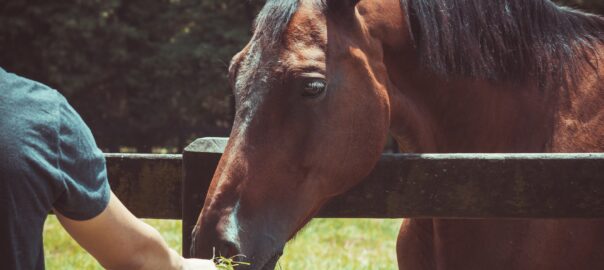
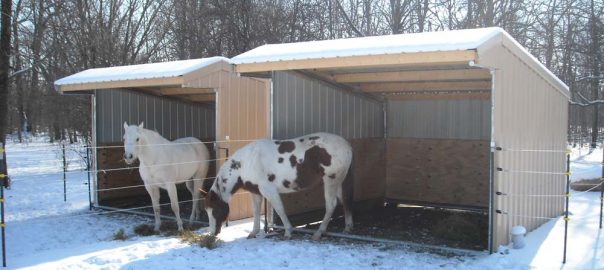
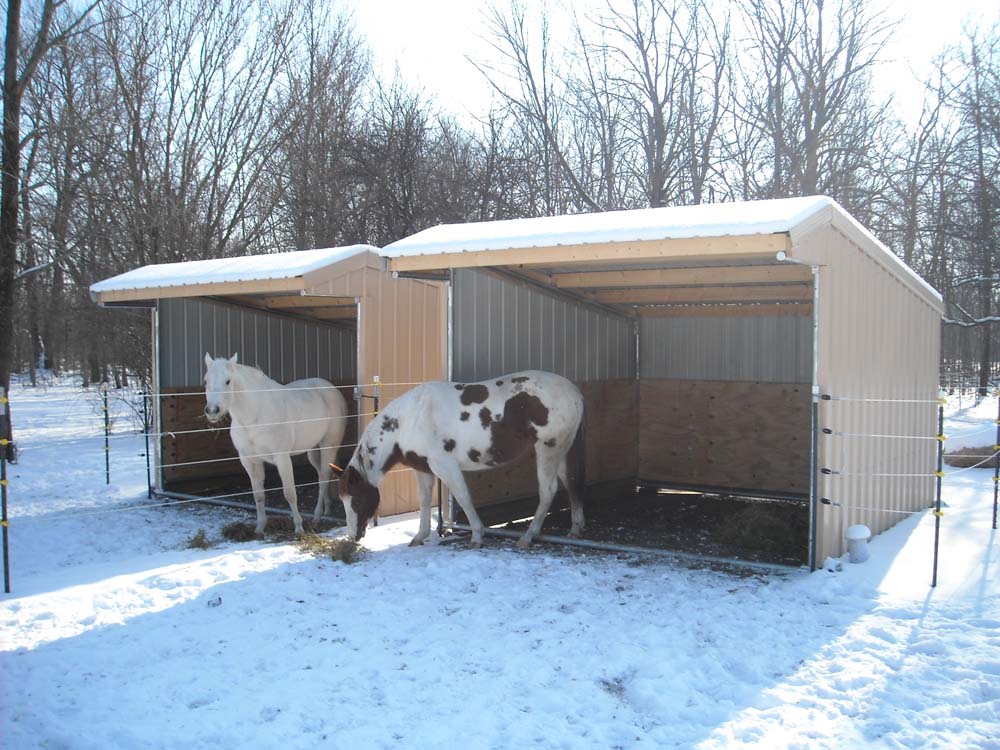
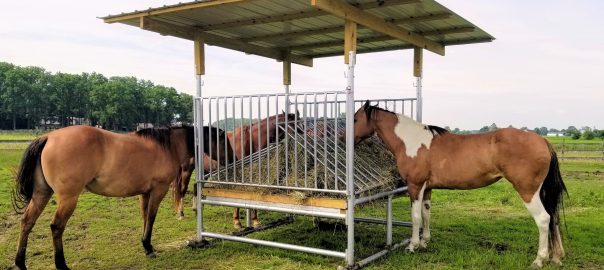
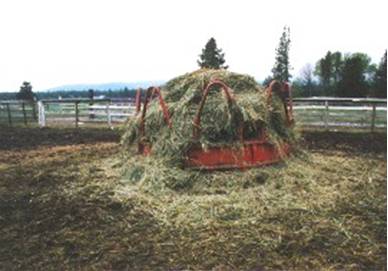
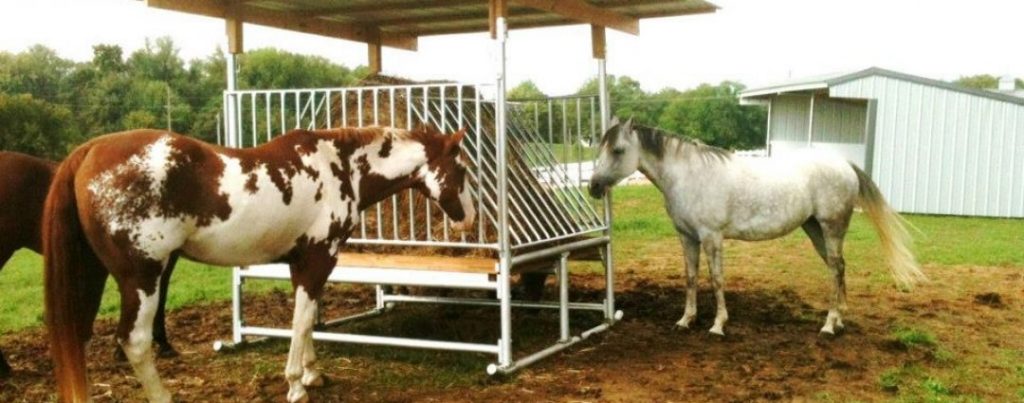
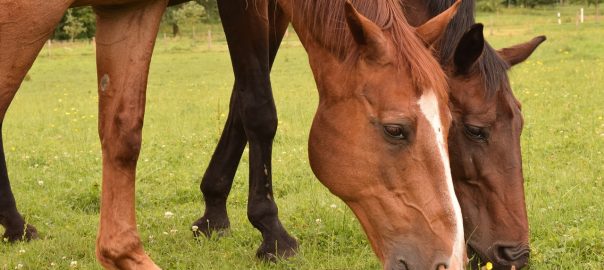
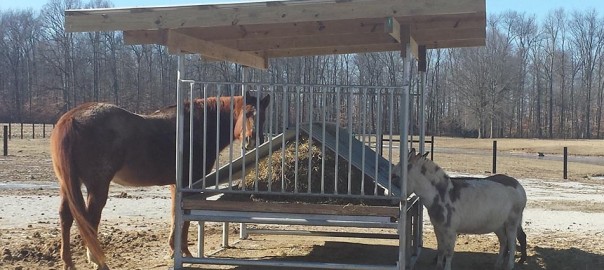

 When it comes to hay waste, using the right type of hay feeder can make a significant difference in saving hay, money and time. That’s why it’s important to understand all of the positive benefits that come along with using hay saver feeders.
When it comes to hay waste, using the right type of hay feeder can make a significant difference in saving hay, money and time. That’s why it’s important to understand all of the positive benefits that come along with using hay saver feeders.